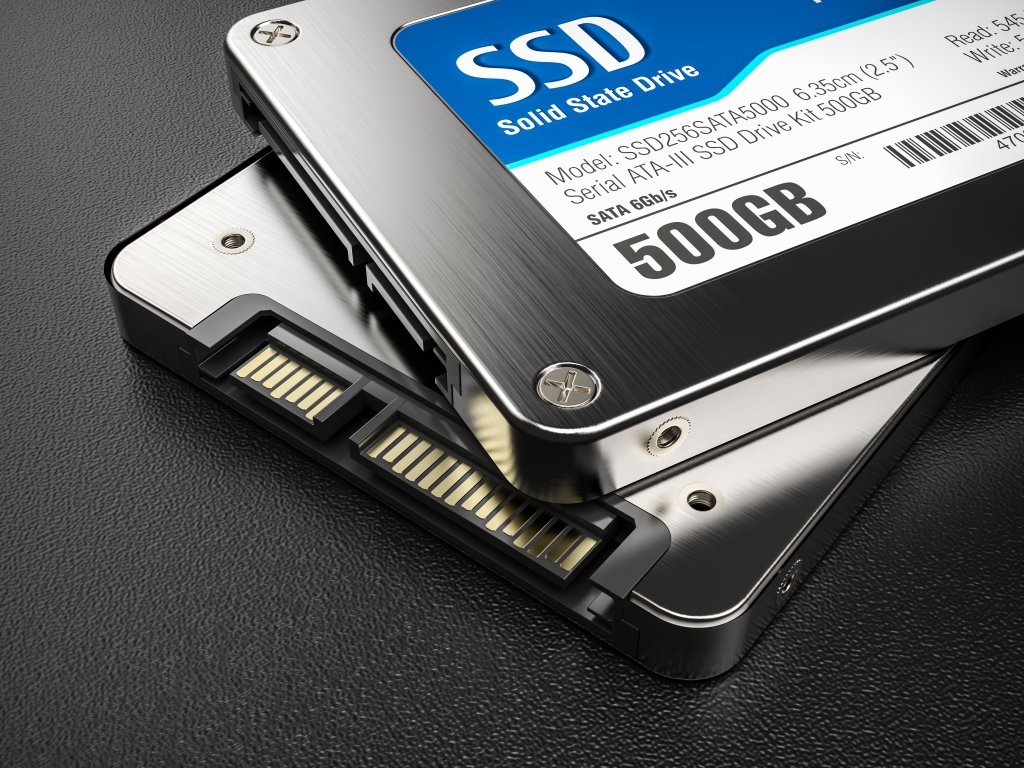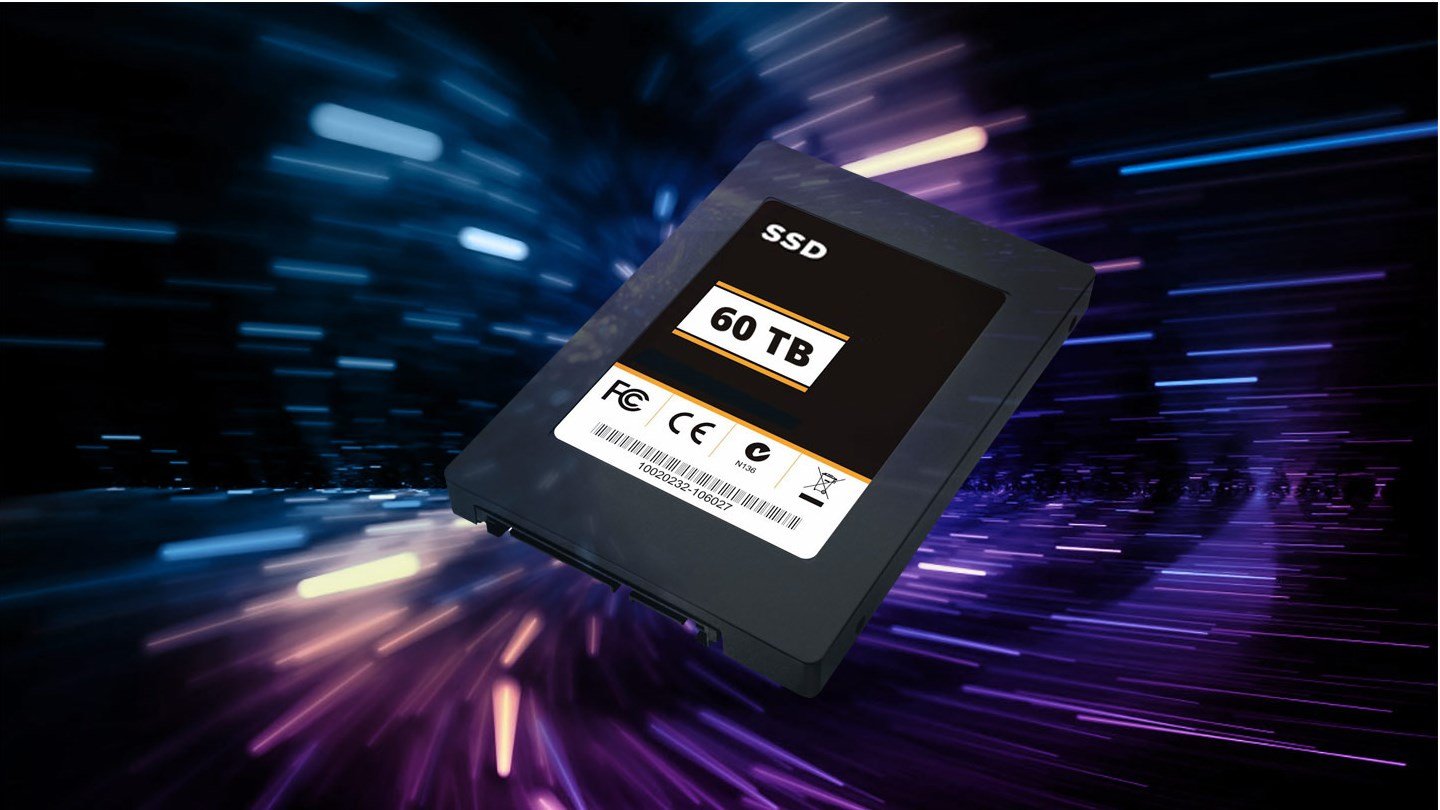The world of data storage has undergone significant advancements in recent years, and solid-state drives (SSDs) have emerged as the go-to solution for faster and more reliable storage. If you’re looking to upgrade your system with an SSD drive in 2023, it’s crucial to choose the right one that meets your specific needs. In this article, we will guide you through the process of selecting the perfect SSD drive that aligns with your requirements and ensures optimal performance for years to come.
In today’s digital age, where speed and efficiency are paramount, traditional hard disk drives (HDDs) have become a bottleneck in many computing scenarios. SSDs, on the other hand, offer faster data transfer speeds, improved responsiveness, and enhanced reliability due to their lack of moving parts. However, with the multitude of options available in the market, selecting the right SSD drive can be a daunting task. Let’s explore the key factors to consider when making your decision.
Read more: Scratch Disk removal on a Mac in 2023
Understanding SSD Drives
Table of Contents

Before diving into the selection process, it’s essential to have a basic understanding of SSD drives. Unlike HDDs, SSDs store data on interconnected flash memory chips, eliminating the need for spinning disks and read/write heads. This design allows for faster access to data and significantly reduces the chances of mechanical failure. SSDs also consume less power, produce less noise, and generate less heat, making them an ideal choice for both desktop and mobile devices.
Factors to Consider When Choosing an SSD Drive
Storage Capacity:
The storage capacity of an SSD drive determines how much data you can store on it. Consider your usage requirements, such as the size of your operating system, applications, and media files. Opt for a drive with sufficient capacity to accommodate your current needs and allow room for future growth.
Speed and Performance:
SSDs offer varying read and write speeds, which impact overall system performance. Look for drives with high sequential and random read/write speeds for faster data transfer and improved multitasking capabilities.
Interface and Compatibility:
SSDs come in different interfaces, including SATA, NVMe, and PCIe. Ensure compatibility with your system’s motherboard and choose the interface that best suits your needs. NVMe and PCIe drives offer superior performance but may require specific hardware support.
Reliability and Durability:
Assess the reliability and durability of the SSD drive. Look for features like error correction, wear-leveling algorithms, and power loss protection to ensure your data remains intact and the drive can withstand regular usage.
Price:
SSDs are available in various price ranges. Determine your budget and choose a drive that offers the best combination of performance and value for your specific requirements.
SSD Types: SATA, NVMe, and PCIe
When selecting an SSD drive, you’ll encounter different types, including SATA, NVMe, and PCIe. Let’s explore each type to help you make an informed decision.
SATA SSDs
SATA SSDs are the most common type and are compatible with most systems. They offer significant performance improvements over traditional HDDs but have lower transfer speeds compared to NVMe and PCIe drives. SATA SSDs are a cost-effective option for everyday computing tasks, such as web browsing, office work, and multimedia consumption.
NVMe SSDs
NVMe (Non-Volatile Memory Express) SSDs leverage the PCIe bus and offer significantly faster data transfer speeds compared to SATA drives. They are ideal for high-performance tasks, including gaming, video editing, and professional workstations. NVMe drives maximize the potential of modern motherboards that support this interface.
PCIe SSDs
PCIe (Peripheral Component Interconnect Express) SSDs deliver the highest performance among SSDs. These drives utilize the PCIe lanes directly, bypassing traditional storage interfaces. PCIe SSDs are commonly found in high-end gaming systems, workstations, and enterprise environments where speed and efficiency are critical.
Assessing Your Needs
To choose the right SSD drive, assess your specific needs and use cases. Consider the following factors:
Are you a gamer looking for faster load times and smoother gameplay?
Do you work with resource-intensive applications, such as video editing or 3D modeling?
Are you a casual user seeking a snappier and more responsive system?
Do you manage a data center or server environment where storage performance is crucial?
Understanding your requirements will help you narrow down your options and choose the most suitable SSD drive for your needs.
SSD Drive Recommendations for Different Use Cases
To provide further guidance, let’s explore some SSD drive recommendations based on different use cases:
Gaming and Multimedia
For gamers and multimedia enthusiasts, an NVMe or PCIe SSD is highly recommended. These drives offer lightning-fast load times, reducing in-game stutters and providing a seamless gaming experience. Look for drives with large storage capacities to accommodate your game library and media files.
Professional Workstations
Professionals working with resource-intensive applications like video editing or 3D modeling will benefit from high-performance NVMe or PCIe SSDs. These drives enable faster data access, rendering times, and overall productivity. Opt for drives with large capacities to handle large project files.
Everyday Computing
If you primarily use your system for everyday tasks like web browsing, document editing, and media consumption, a SATA SSD will suffice. It provides a significant improvement over traditional HDDs and offers a good balance between performance and cost.
Data Centers and Servers
In data center and server environments, where storage performance is critical, PCIe SSDs are highly recommended. These drives deliver exceptional speeds, low latency, and high endurance to handle the demands of intensive workloads and multiple simultaneous users.
Researching and Comparing SSD Drives

When selecting an SSD drive, it’s essential to conduct thorough research and compare different options. Consider the following factors:
Manufacturer Reputation:
Choose reputable manufacturers known for producing high-quality and reliable SSD drives.
User Reviews and Ratings:
Read reviews and ratings from users who have firsthand experience with the drives you’re considering. Look for feedback regarding performance, reliability, and customer support.
Warranty and Support:
Check the warranty period offered by the manufacturer and the availability of customer support. A longer warranty provides peace of mind, and reliable support ensures assistance when needed.
Budget Considerations
While SSDs offer numerous benefits, they come at varying price points. Set a budget based on your requirements and prioritize features accordingly. Remember that investing in a higher-quality SSD drive can provide long-term value and better performance.
Making the Final Decision
After evaluating all the factors, narrow down your options to a few SSD drives that meet your requirements. Compare their specifications, prices, and user reviews to make an informed decision. Choose the SSD drive that offers the best combination of performance, reliability, and value for your specific needs.
Read more: Guide to buying the laptop you need
Conclusion
Selecting the right SSD drive is crucial for optimizing your system’s performance and storage capabilities. Consider factors such as storage capacity, speed, interface, reliability, and price when making your decision. Assess your specific needs and use cases to determine the ideal type of SSD drive for you. Research different drives, compare their specifications and user reviews, and make an informed decision based on your budget and requirements.
Now, take the next step towards enhancing your computing experience and storage performance by choosing the perfect SSD drive for your needs in 2023.
FAQs
1. Can I replace my existing HDD with an SSD drive?
Absolutely! Upgrading from an HDD to an SSD is one of the best ways to breathe new life into your system. Simply clone your existing HDD to the SSD or perform a fresh installation of your operating system and applications.
2. Are SSD drives more reliable than HDDs?
Yes, SSD drives are generally more reliable than HDDs due to their lack of moving parts. However, it’s still crucial to choose a reputable manufacturer and opt for models with features like error correction and power loss protection.
3. How do I install an SSD drive in my computer?
Installing an SSD drive is a relatively straightforward process. Open your computer case, identify an available drive bay, connect the SSD to the power and data cables, and secure it in place. Consult your computer’s manual or online resources for more specific instructions.
4. Can I use an external SSD drive with my laptop?
Yes, you can use an external SSD drive with your laptop. External SSDs provide portable storage and can be connected via USB or Thunderbolt ports, depending on the drive’s interface.
5. How often should I replace my SSD drive?
SSD drives have a finite lifespan based on the number of write cycles they can endure. However, modern SSDs can last for many years under regular usage. It’s recommended to monitor the health of your SSD using manufacturer-provided software and replace it if signs of failure or degradation occur.




